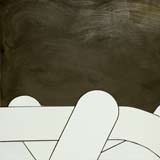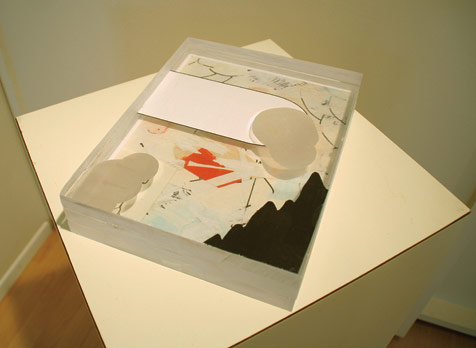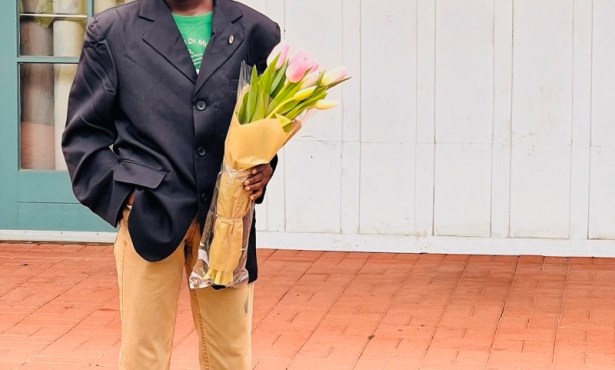Warren Schultheis: Vector/No Vector
At Gallery Ocho. Shows through May 17.

For most of us, technology is an invisible partner facilitating the even flow our lives. While we recognize our dependence on it, we may not be as ready to acknowledge our complicity in its proliferation. Warren Schultheis is acutely aware of this precarious relationship. In his recent show, Vector/No Vector, he brings together the detritus of the digital world to create a series of technology portraits. Schultheis employs a variety of collage and assemblage techniques, combining intricate, expressive detail-such as sharply defined shapes or small puffs of white paint-with large patches of delineated flat color. Although the works’ individual components are in many cases dissonant-dull applications of paint are mixed with highly-textured backgrounds-taken as a whole, the pieces are oddly soothing.

This effect is largely due to Schultheis’s natural aptitude for composition and his ability to visualize a largely unseen technological environment. Schultheis draws from the flurry of invisible activity happening around us in the form of binary codes and satellite transmissions. He weeds through the junkyard of information and emerges with just the important and viable parts. Some of his works, like “Transverse & 5th (Springtime)” are excellent demonstrations of this process of excavation and become a sort of topographical map with hills, valleys, and gorges made of abstract bits of information.

Others, like “(A Bargain with) An Actual Physical Landscape,” take a different route by examining the details of such information. These works borrow from the neo-expressionist work of 1980s artists like Philip Guston and Keith Haring, with their flattened paint techniques outlining cartoonish, abstract objects that evoke a tangle of undulating computer wires. Like the neo-expressionists, Schultheis works from a personal lexicon of images borrowed from his immediate environment. But unlike Guston’s eccentric collection of familiar cultural imagery, Schultheis’s conceptual ideas are unrecognizable as concrete objects.
Not all of Schultheis’s works convey his intention successfully; some of the paintings in the show are so reduced to their subject’s most basic rendering that they become silently unremarkable. Others, like his 3-d collages of abstract sketches embedded in thick, roughly cut layers of Plexiglas, more effectively simulate the powerful, sometimes haunting omnipresence of technology in our daily lives.



